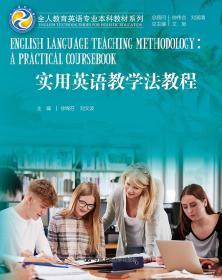
实用英语教学法教程(全人教育英语专业本科教材系列)
¥ 18.63 4.1折 ¥ 45 全新
仅1件
广东广州
认证卖家担保交易快速发货售后保障
作者徐锦芬、刘文波 著
出版社中国人民大学出版社
出版时间2019-03
版次1
印刷时间2022-08
印次8
装帧平装
上书时间2023-12-29
- 在售商品 暂无
- 平均发货时间 暂无
- 好评率 暂无
- 最新上架
商品详情
- 品相描述:全新
图书标准信息
- 作者 徐锦芬、刘文波 著
- 出版社 中国人民大学出版社
- 出版时间 2019-03
- 版次 1
- ISBN 9787300267098
- 定价 45.00元
- 装帧 平装
- 开本 16开
- 纸张 胶版纸
- 页数 256页
- 字数 370千字
- 丛书 全人教育英语专业本科教材系列
- 【内容简介】
- 本书介绍英语教学的基本概念、交际教学原则与任务型教学思想、国家英语课程标准、备课与编写教案、课堂管理方法、语言知识的教学方法、听说读写四项技能的教学、综合语言技能的教学、语言教学中的德育教育、教学评价、学习者个体差异与学习策略培养、教育资源与技术的开发利用,以及教材评价与使用。每章均配有大量练习,书后附录有部分参考答案。本书是为英语专业师范生编写的英语教学法教材,也可用于中学英语教师的继续教育和在职进修、培训。
- 【目录】
-
part i foundations fo lang ag teaching
chapter 1 language views and language learning theories
1.1 views on language
1.2 theories of language learning
1.3 summary
sources and suggestions for further rea
chapter 2 approaches and methods in language teaching
2.1 the grammar-translation method
2.2 the direct method
2.3 the audio-lingual method
2.4 total physical response
2.5 municative language teaching
2.6 task-based language teaching
2.7 summary
sources and suggestions for further rea
part ii focusing on the teacher
chapter 3 teachers survival kit for the first day of class
3.1 preparing for the first day of class
3.2 breaking the ice in the first class
3.3 summary
sources and suggestions for further rea
chapter 4 professional development
4.1 professional development and its role in language teaching
4.2 professional qualities of a good language teacher
4.3 developing professional qualities
4.4 summary
sources and suggestions for further rea
chapter 5 lesson nning
5.1 guidelines for lesson nning
5.2 ste of lesson nning
5.3 format of a lesson n
5.4 lesson n sample
5.5 summary
sources and suggestions for further rea
chapter 6 classroom management
6.1 patterns of classroom interaction
6.2 issues of classroom discipline
6.3 strategies of classroom management
6.4 summary
sources and suggestions for further rea the learner
part iii focusing on the learner
chapter 7 understan english learners
7.1 learner differences
7.2 what to do with learner differences
7.3 summary
sources and suggestions for further rea
chapter 8 developing learner autonomy
8.1 defining learner autonomy
8.2 the significance of developing learner autonomy
8.3 teachers role in developing learner autonomy
8.4 summary
sources and suggestions for further rea
part iv focusing on the language
chapter 9 teaching pronunciation
9.1 the nature of pronunciation
9.2 aspects of pronunciation
9.3 principles for teaching pronunciation
9.4 methods of teaching pronunciation
9.5 summary
sources and suggestions for further rea
chapter 10 teaching vocabulary
10.1 the nature of vocabulary
10.2 the role of vocabulary
10.3 aspects of vocabulary
10.4 principles for teaching vocabulary
10.5 methods of teaching vocabulary
10.6 testing vocabulary
10.7 summary
sources and suggestions for further rea
chapter 11 teaching grammar
11.1 the nature of grammar
11.2 the role of grammar
11.3 principles for teaching grammar
11.4 approaches to teaching grammar
11.5 activities for grammar practice
11.6 grammatical terminology
11.7 summary
sources and suggestions for further rea
chapter 12 teaching listening
12.1 the nature of listening
12.2 the role of listening
12.3 types of spoken language
12.4 principles for teaching listening
12.5 approaches to teaching listening skills
12.6 activities for listening practice
12.7 summary
sources and suggestions for further rea
chapter 13 teaching speaking
13.1 the nature of speaking
13.2 the role of speaking
13.3 characteristics of spoken language
13.4 principles for teaching speaking
13.5 approaches to teaching speaking skills
13.6 activities for speaking practice
13.7 summary
sources and suggestions for further rea
chapter 14 teaching rea
14.1 the nature of rea
14.2 the role of rea
14.3 types of written language
14.4 principles for teaching rea
14.5 approaches to teaching rea skills
14.6 activities for rea practice
14.7 summary
sources and suggestions for further rea
chapter 15 teaching writing
15.1 the nature of writing
15.2 the role of writing
15.3 characteristics of written language
15.4 principles for teaching writing
15.5 approaches to teaching writing skills
15.6 activities for writing practice
15.7 summary
sources and suggestions for further rea
part v focusing on technology in language instruction
chapter 16 technologies in and out of the language classroom
16.1 benefits and skills of applying technologies to language instruction.
16.2 principles for applying technologies to language instruction
16.3 uses of technologies in language instruction
16.4 summary
sources and suggestions for further rea
点击展开
点击收起
— 没有更多了 —



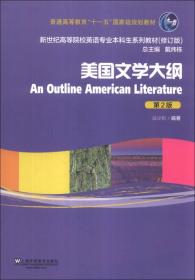

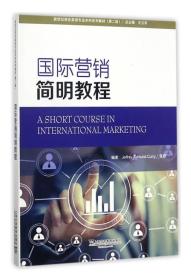
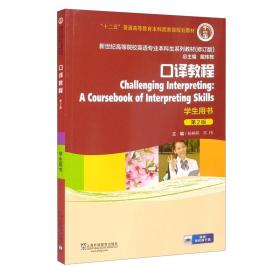
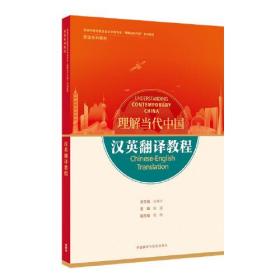

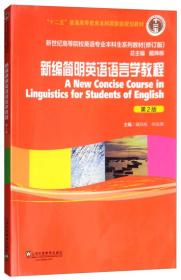


以下为对购买帮助不大的评价